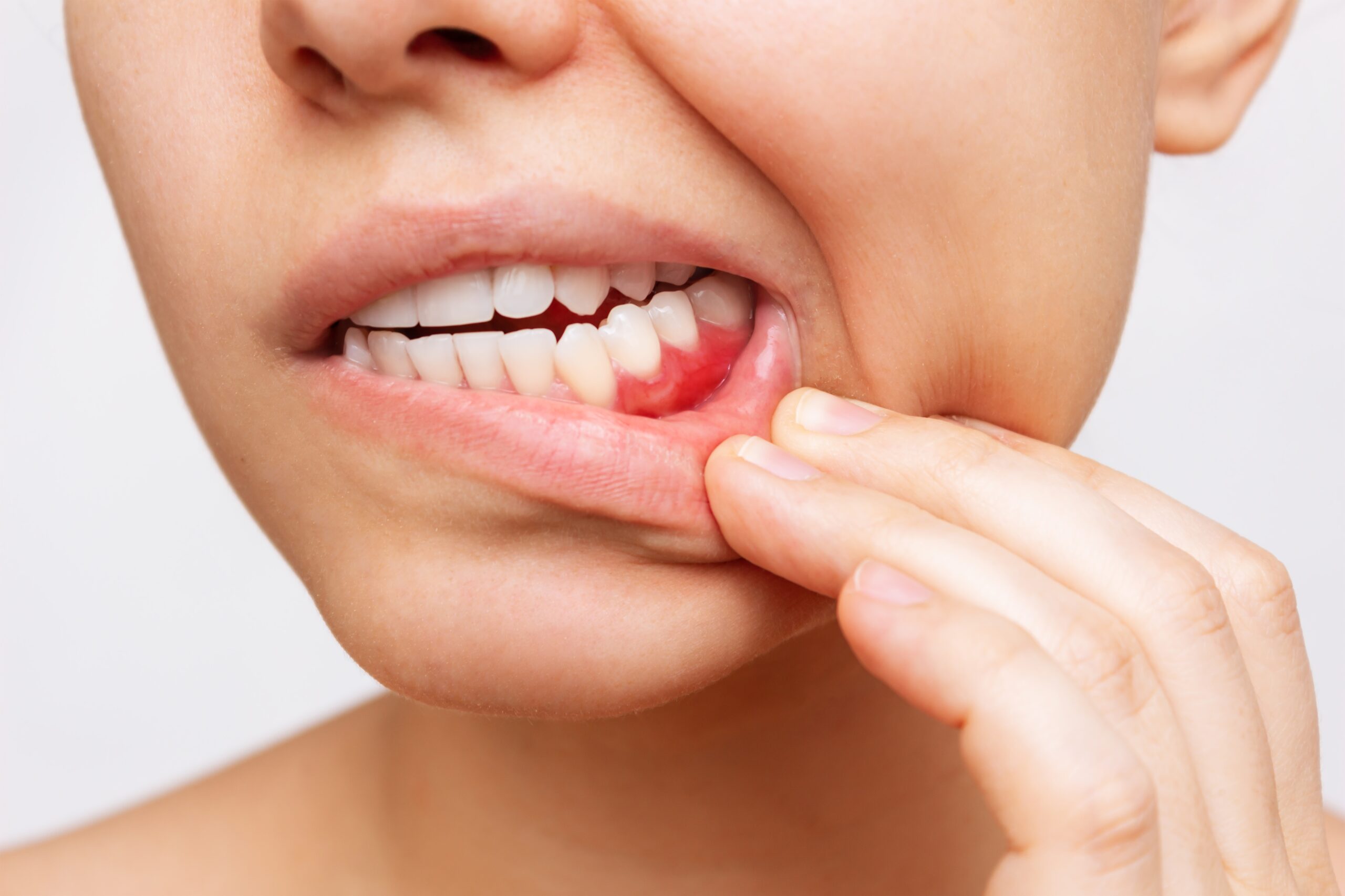If your dentist recommended scaling and root planing (a type of deep cleaning), you might be wondering what it involves and what recovery will look like. This treatment is a form of periodontal therapy, designed to treat gum disease and protect your teeth and gums from further damage.
With the right treatment and good daily habits, your gums can heal and your mouth can feel healthier again.
What Is Periodontal Therapy?
Periodontal therapy refers to treatments that help manage and reverse gum disease. The most common non-surgical option is scaling and root planing, which removes plaque and tartar buildup from beneath the gumline.
Unlike a regular cleaning, this deep cleaning targets the deeper pockets around your teeth where harmful bacteria thrive and cause inflammation.
Types of Periodontal Treatment
Depending on your needs, your dentist or periodontist may recommend:
- Scaling and Root Planing: A deep cleaning that removes plaque and tartar from under the gums. It also smooths the roots of your teeth to help your gums heal and reattach.
- Antibiotic Therapy: Antibiotics may be used to help reduce bacteria and inflammation in the gums.
- Surgical Treatments: For more advanced gum disease, surgical options like flap surgery, laser therapy or gum grafting may be recommended to restore gum and bone health.
- Routine Care: After active treatment, you will likely need more frequent cleanings to keep your gums healthy and prevent the disease from returning.
What Are the Benefits?
- Reduces bleeding, swelling, and inflammation
- Helps prevent tooth loss
- Improves breath and oral hygiene
- Supports overall wellness—gum disease has been linked to heart disease and diabetes
What to Expect After Treatment: Recovery Tips
Getting periodontal therapy, like scaling and root planing, is a big step toward a healthier mouth. But what happens after the treatment is just as important for healing and long-term results.
Some Tenderness Is Normal
It’s completely normal to feel a bit sore or sensitive after the procedure, especially along the gumline. Your gums may feel a little tender or even slightly swollen for a few days. Some patients also notice temporary tooth sensitivity, especially to cold foods or drinks.
The tenderness usually fades within a week, but if anything feels sharp or lasts longer, let your dental team know—we’re here to help.
At-Home Care After Periodontal Therapy
Periodontal therapy is most effective when combined with good daily habits after treatment. You can help your gums stay healthy by:
- Brushing twice a day with a soft-bristled electric toothbrush
- Floss or Waterpik every day to remove plaque and bacteria between teeth
- Using an antibacterial mouthwash
- Avoiding tobacco products
- Keeping up with follow-up appointments
Take Control of Your Gum Health
Healing from periodontal therapy is just the beginning. With regular care and check-ins, you can keep gum disease under control and protect your smile for the long haul.
Not sure what to expect or how to care for your gums? Talk to a Dentistry.One dentist today.




